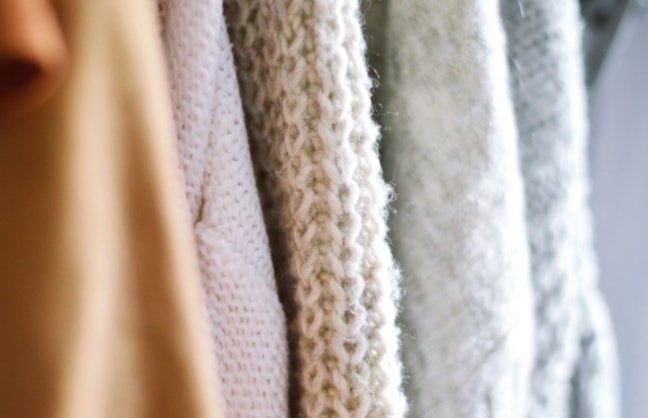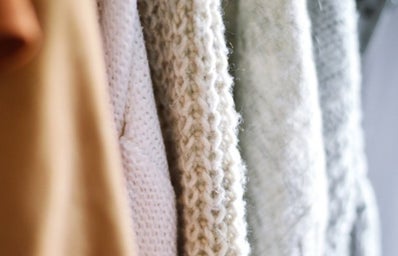If you are anything like me, dear reader, you love to shop for clothes. And if you don’t, and you just stumble on to this article, well now you’re going to learn more about your clothes. Whether you like it or not, you’re welcome. So, let’s set the scenario, shall we? We walk into your favorite store, (Forever 21, Gap, H&M, whatever floats your boat), and you see this cute red t-shirt. It has the right amount of thickness to it, but it’s still a t-shirt, good for any spring day. You pick it up, examine it, and see the price, and it’s well within the limit you set for yourself before you left your room. You think why not? I deserve a little treat for myself, right? And throw it over your shoulder. You go to the cashier, pay for it, and drive back home. Sometime later you get ready for your day and you decide today a good day to wear your new shirt! As you are taking off the tags, you see a green sticker with the recycle logo on it. Alongside it, you see the words ‘made with recycled material”. You think, “huh that’s cool, but what does that really mean?”. Well, your hypothetical question is now going to be answered.
The Ins and Outs of Textile Recycling
In short, textile recycling is what the name implies. The process by which old clothing and other textiles are recovered for reuse or material recovery. In short, they use old clothes to make new ones. The steps that are included in the textile recycling process involve donation, collection, sorting, and processing of textiles, and subsequent transportation to end-users of used garments, rags, or other recovered materials.
The Importance of Recycling Textiles
Textile recycling is so important due to the numbers. In short, 100 billion garments are produced worldwide, annually. Considering around 17 million tons of textile municipal solid waste (MSW) was generated in 2018, about 5.8% of total MSW generation. The recycling rate for textiles derived from clothing and footwear was 13.0%, while the recovery for sheets and pillowcases was 15.8% for the same year. As such, textile recycling is a real obstacle that needs to be overcome if we wish to move closer to a zero-landfill society. Once certain textiles are in landfills, natural fibers can take a few weeks to a few years to decompose. They release harsh methane and CO2 gasses into the atmosphere. Additionally, synthetic textiles are designed not to decompose. In the landfill, they may release toxic substances into groundwater and surrounding soil.
Benefits to Textile Recycling
Some of the benefits textile recycling offers to the environment are:
-
Decreases landfill space requirements, bearing in mind that synthetic fiber products do not decompose and that natural fibers may release greenhouse gasses
-
Avoided use of virgin fibers
-
Reduced consumption of energy and water
-
Pollution avoidance
-
Lessened demand for dyes.
The Recycling Process for Natural Textiles
-
The material in question is simply unwearable and is then sorted by type of material and color. The color sorting means no re-dying is required, saving energy and avoiding pollutants.
-
The textiles are then shredded or pulled into fibers, sometimes adding other fibers into the yarn.
-
The yarn is thoroughly cleaned and mixed through a carding process.
-
The yarn is then re-spun and ready so subsequent use in weaving or knitting. Some fibers are not spun into yards, however, some are compressed for textile filling, such as in mattresses.
Textile recycling isn’t for everyone, some people may argue that they would never wear something that was once something else other than a shirt. But understanding the many benefits of textile recycling and how it can help our planet prosper may persuade many to broaden their views!


